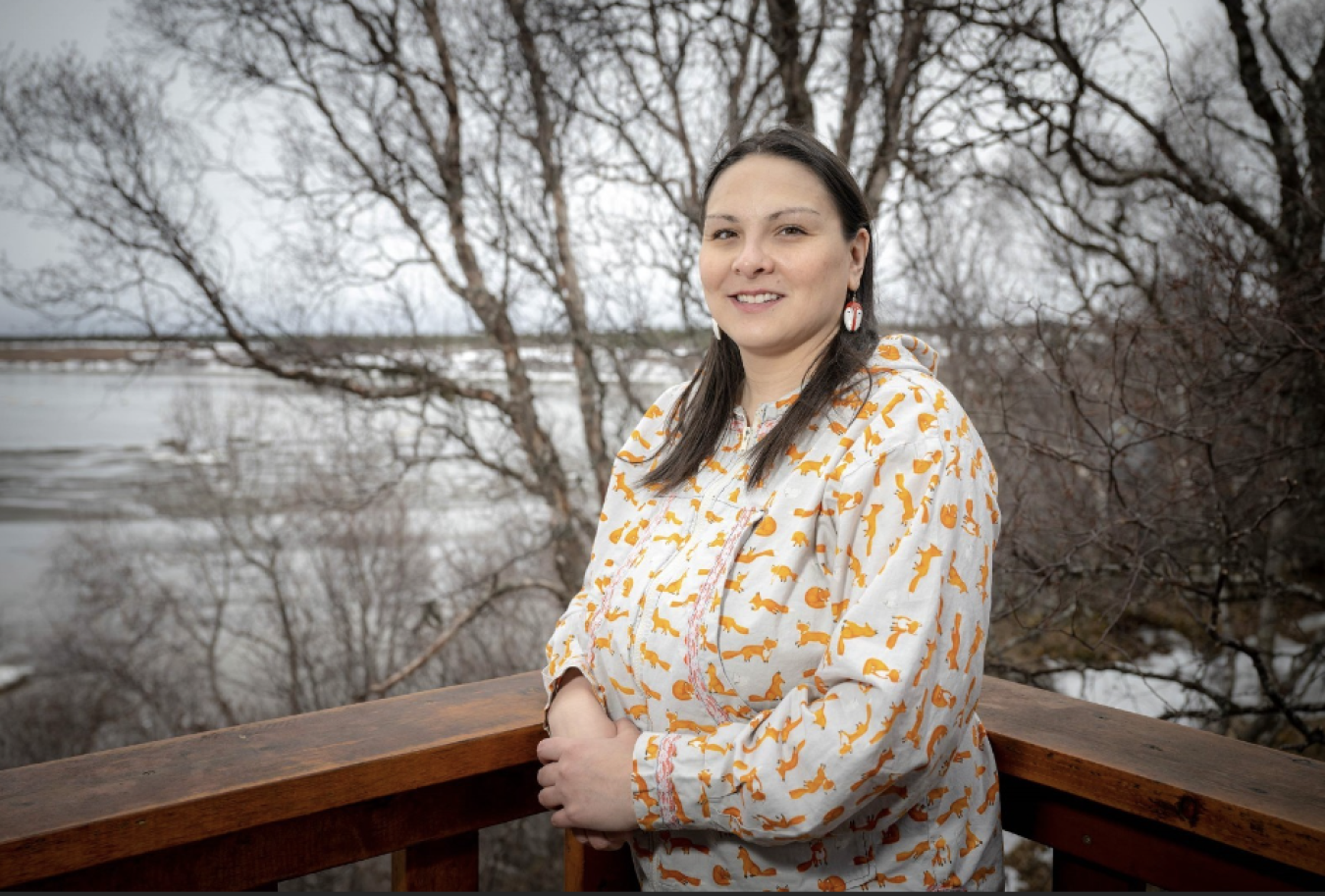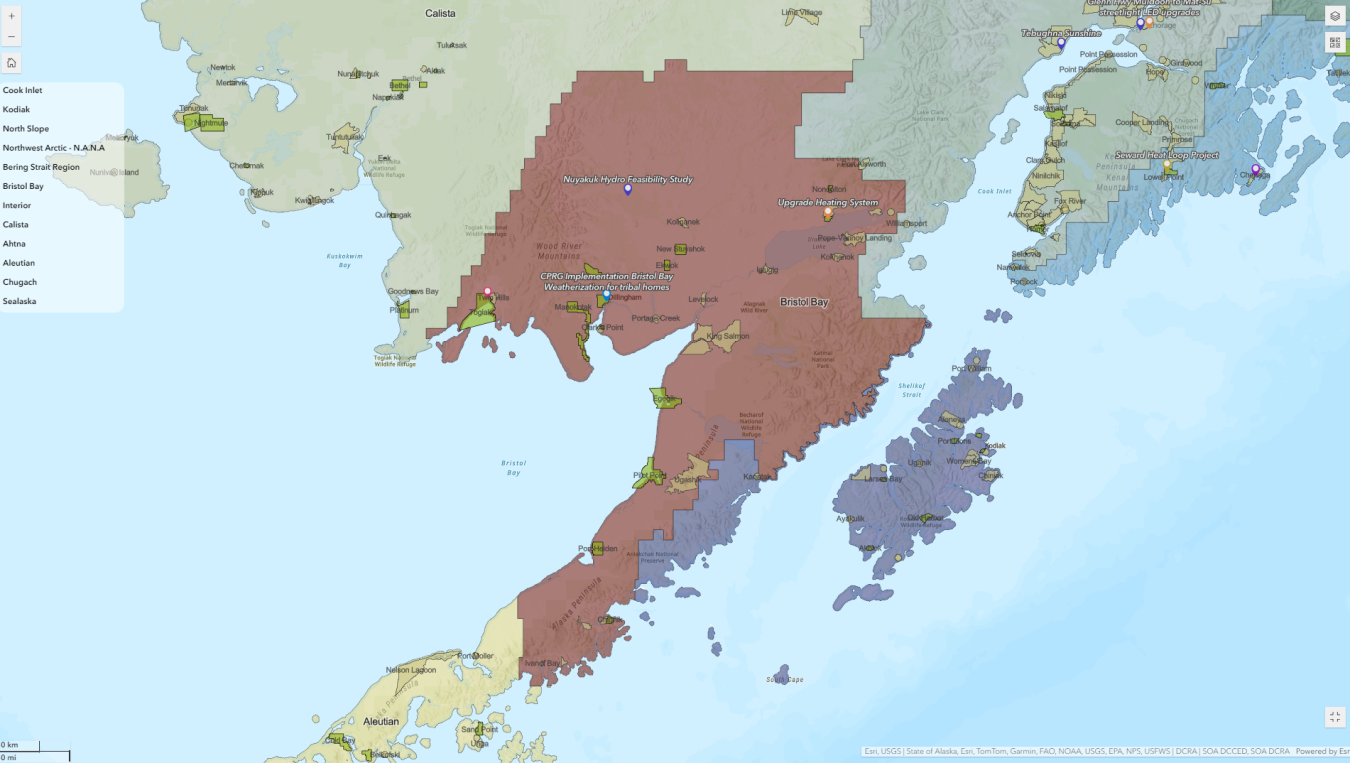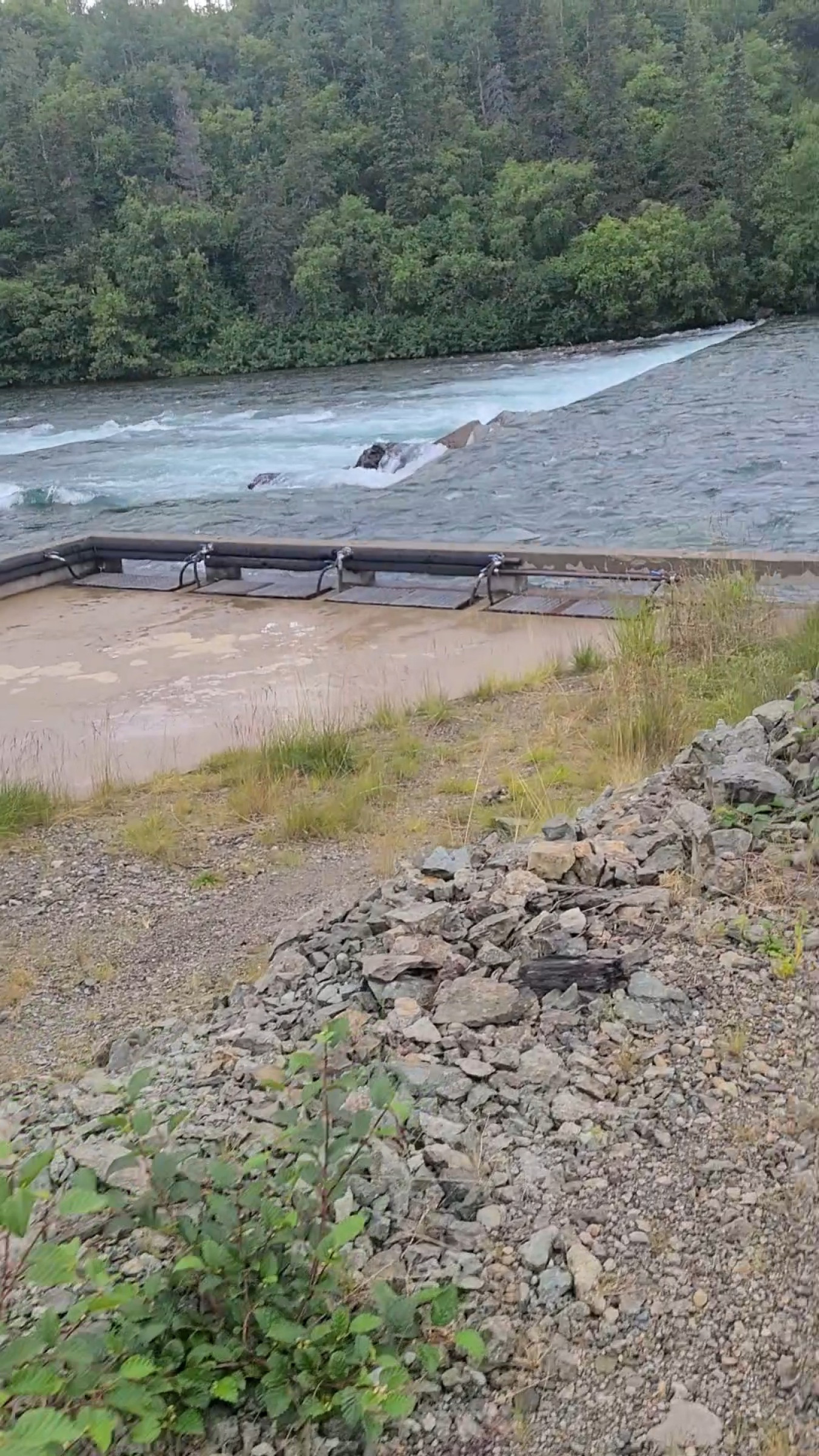Through the Arctic Energy Ambassadors Program, launched in January 2024, experienced practitioners across the state of Alaska are dedicating part of their time and expertise to improve energy security and capacity across the 49th State. In this article from Kristina Alqayaagaq Andrew, the Arctic Energy Ambassador serving the Bristol Bay region, hear about her experience serving in this role and reflections on her work in pursuit of sustainable and resilient energy systems.

The Bristol Bay region of Alaska is incredibly remote, with no roads connecting us to the outside world. As a result, every modern convenience-whether it’s food, fuel, or essential supplies-has to be flown or boated in, driving up costs significantly, including the cost of energy. I’m Kristina Alqayaagaq Andrew, and I currently live in Curyung, also known as Dillingham. My Yupik name, Alqayaagaq, means ‘smaller sister.’ I’m deeply rooted in the Bristol Bay region, with my family originating from the Nushagak River area.
Providing sustainable and reliable energy to our communities is a considerable challenge. Most of our communities are isolated and not interconnected, which makes it difficult to transport fuel for the diesel generators that many still rely on. Additionally, while some communities are fortunate enough to have access to renewable energy projects, others lack the resources necessary to implement such alternatives. Workforce capacity is another critical issue, as it can be difficult to find and retain skilled personnel to operate and maintain our power systems. These challenges make it all the more important for us to pursue innovative solutions that are tailored to the unique needs of our region.

Over the past eight months as an Ambassador, I’ve gained valuable insights and resources that have significantly enhanced my work. One of the key tools I’ve acquired is a deeper understanding of the Alaska Energy Hub, particularly the types of information the Department of Energy (DOE) considers when evaluating potential projects. This knowledge has been crucial in aligning our regional initiatives with DOE priorities.
Additionally, I’ve expanded my network to include a broader community of peers who are actively engaged in energy projects across Alaska. The connections I’ve made with fellow Ambassadors and DOE staff have been instrumental in accessing the information and support needed by the Bristol Bay communities. These relationships have enabled me to provide more effective technical assistance, helping several communities in the region identify reliable energy solutions. The combination of these tools and connections has empowered me to better serve our communities in their pursuit of sustainable and resilient energy systems.

Mapping Connections
As I’ve grown into my role as an Ambassador, several consistent energy-related themes have emerged across the region. One major challenge is the lack of a qualified workforce. Many communities struggle to attract or retain the skilled talent necessary to keep their energy systems running smoothly. Previously, I believed that wage levels were the primary barrier, but I’ve come to realize that the issue is more complex. Even when high-wage positions are available, finding and maintaining a stable workforce remains a significant hurdle.
Another recurring issue is the limited capacity for pursuing funding and implementing projects. The funding opportunities that do exist are often not well-suited to the unique needs of these communities. Programs can be underfunded, and the funds that are available either don’t provide the right level of flexibility to address current issues or come with burdensome reporting requirements that further strain an already overextended workforce.
Life in rural Alaska is demanding, and with small populations, the workload on individuals is often intense. Communities are expected to function at the same level as larger ones, but with far fewer resources, making it difficult to effectively pursue and manage energy projects. We need to find ways to meet people where they are, fostering growth and innovation to build a more resilient workforce.
Learn More About the Ambassadors
The Arctic Energy Ambassadors program is led by the Arctic Energy Office, in partnership with the Denali Commission, Alaska Municipal League, and with additional funding from the Office of Energy Efficiency and Renewable Energy and the Office of State and Community Energy Programs.
Through deployment of energy projects and support for grant applications and technical assistance, the U.S. Department of Energy is delivering resources and partnership for the Arctic region, aligned with the DOE Arctic Strategy.